Architects: Stephenson & Turner
Location: Auckland, New Zealand
Client: University of Auckland
Project Year: 2010
Project Area: 5,000 m²
Photographs: Simon Devitt, Sacha Stejko, Stephenson & Turner
The University of Auckland Bioscience Centre is intended to both invite and reflect the outside world. Each elevation of the building faces a greatly different environment & to acknowledge this, each facade has a unique layering methodology.
On the western boundary the office spaces look into the leafy depths of mature trees, giving occupants the illusion of working in the treetops. A mix of layered, manually operated solid, louvered & glazed panels allow for flexibility of light, fresh air & security. The urban facing northern/eastern elevation employs facetted glass in front of a traditional curtain wall that mirrors the bustling university beyond, capturing the ever changing human landscape and the seasonal variations of the giant oaks scattered amongst the campus. The double facade greatly reduces heat build up, limits the effect of traffic noise from the surrounding streets & the extra depth provides shading to the occupants inside. Fritted glass further softens the solar impact, until the building turns and the double facade gives way to climbing foliage. The entire building is enwrapped in a gorgeous interplay of blue-green light.
The atrium space between the new building and the existing campus forms the widest portion of the double layered facade. The new building opens out onto layers of staircases that draw the ascending visitor or descending student into space and light where spontaneous meetings may occur. Brightly coloured LED panels reflect this energy and impact. Each end of the atrium space is bookended by imprinted concrete, the roughened surfaces gradually becoming greened and organic, unafraid of time.
Science should be a part of the world it serves, and not remain aloof or removed from it. Mankind is only one part of the natural environment and a high level of interconnection is crucial to develop true sustainability. This building provides such a connection.
- Biosciences Centre Extension, University of Auckland – Stephenson & Turner – New Zealand
- Biosciences Centre Extension, University of Auckland – Stephenson & Turner – New Zealand
- Biosciences Centre Extension, University of Auckland – Stephenson & Turner – New Zealand
- Biosciences Centre Extension, University of Auckland – Stephenson & Turner – New Zealand
- Biosciences Centre Extension, University of Auckland – Stephenson & Turner – New Zealand
- Biosciences Centre Extension, University of Auckland – Stephenson & Turner – New Zealand
- Biosciences Centre Extension, University of Auckland – Stephenson & Turner – New Zealand
- Biosciences Centre Extension, University of Auckland – Stephenson & Turner – New Zealand
- Biosciences Centre Extension, University of Auckland – Stephenson & Turner – New Zealand
- Biosciences Centre Extension, University of Auckland – Stephenson & Turner – New Zealand
- Biosciences Centre Extension, University of Auckland – Stephenson & Turner – New Zealand
- Biosciences Centre Extension, University of Auckland – Stephenson & Turner – New Zealand
- Biosciences Centre Extension, University of Auckland – Stephenson & Turner – New Zealand
- Biosciences Centre Extension, University of Auckland – Stephenson & Turner – New Zealand
- Biosciences Centre Extension, University of Auckland – Stephenson & Turner – New Zealand
- Biosciences Centre Extension, University of Auckland – Stephenson & Turner – New Zealand
- Biosciences Centre Extension, University of Auckland – Stephenson & Turner – New Zealand
- Biosciences Centre Extension, University of Auckland – Stephenson & Turner – New Zealand
- Biosciences Centre Extension, University of Auckland – Stephenson & Turner – New Zealand


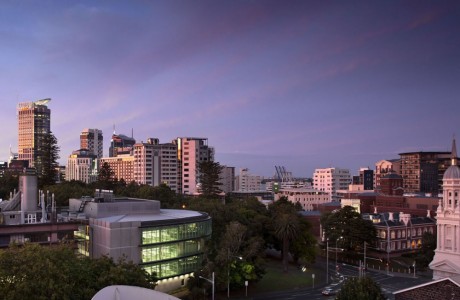
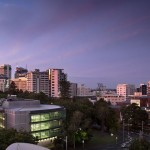
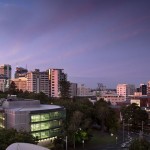








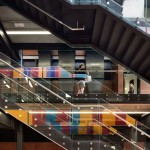
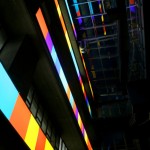
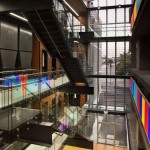
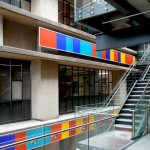
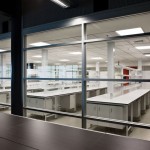
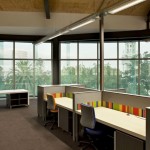
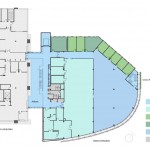
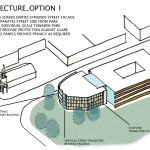
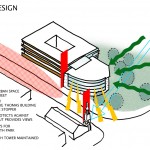


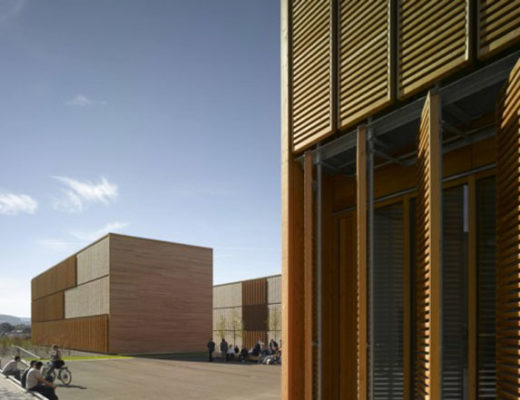
No Comments